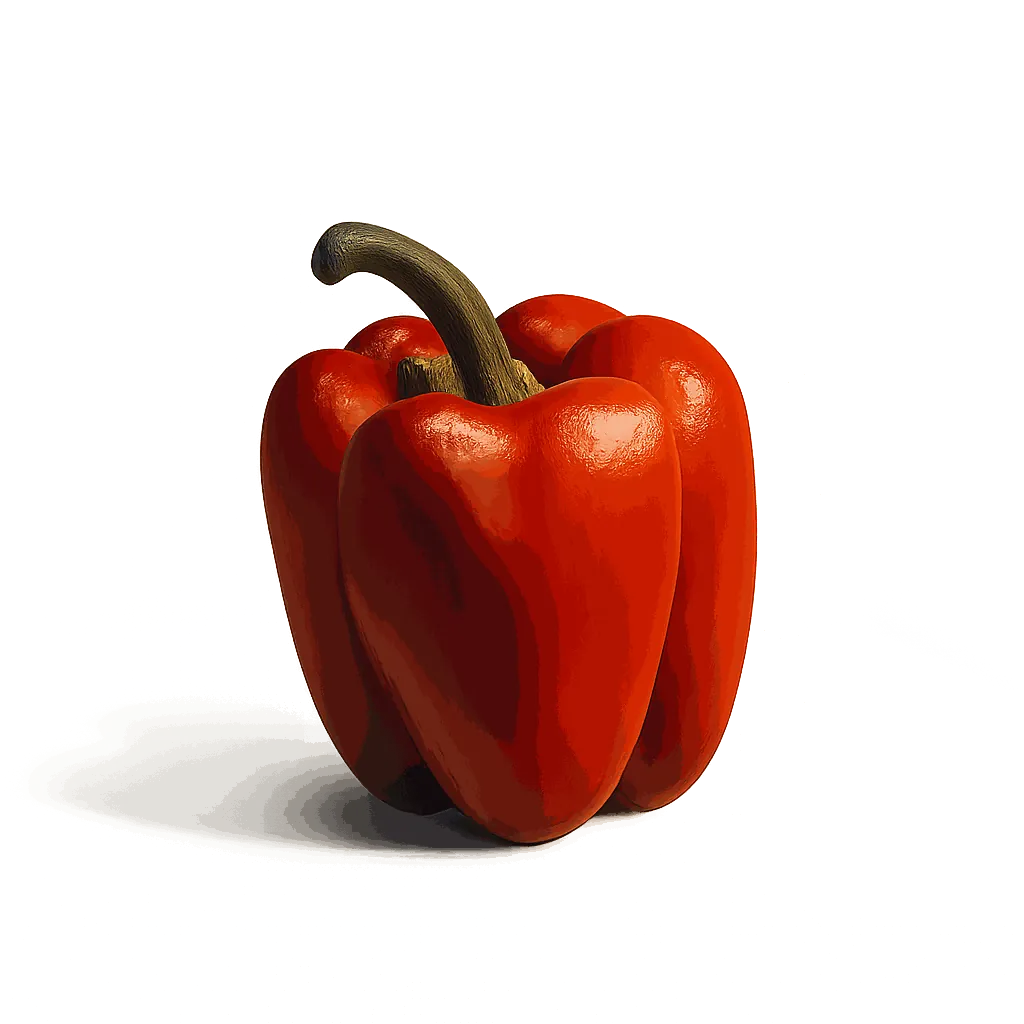Perfect Pairings & Recipes for
Smoked Wine

Top flavour pairings and smoked wine recipes, revealed through the hidden methmatics of flavour.
Smoky depths and charred notes are at the forefront of smoked wine's flavour profile, but identifying its perfect partner requires exploring its subtle nuances. We must examine the complex interplay of notes within its bouquet, like resin, oak, and hints of rancio. We need to understand how these notes affect each other and which complementary flavors they harmonise with.
To chart these harmonies, we analysed thousands of ingredients, each deconstructed across 150 distinct flavour dimensions, pinpointing the notes that best complement this ingredient’s profile. Our exploration reveals, for instance, how the sweet, sulfury dimethyl sulfide in cornmeal can embrace smoked wine, and how long grain rice's oryzan notes forge a beautiful synergy with its aromatic bitterness.
Flavour Profile Of Smoked Wine Across 150 Dimensions Of Flavour
Flavour wheel chart showing the dominant flavour notes of Smoked Wine: Charred, Smoky, Resinous, Oaky, Oxidized, Tobacco, Tannic, Caramel, Brettanomyces, Hickory, Coffee, Vanillic, Tea-Like, Pine, Toasted, Balsam, Raisin, Cherry, Camphor, Burnt, Ficus, Raspberry, Blackberry, Malic, Lactic, Acetic, Cocoa
An ingredient's flavour profile is determined by its core characteristics (e.g. woody, spice, and maillard) enhanced by layers of subtle aroma notes (outer bars). When pairing ingredients, aim for a mix of core traits to build balance, and select complementary aroma notes to create harmony.
The Secret Language of Flavour
To understand how flavour notes harmonise, we analysed more than 50,000 popular ingredient combinations. By exploring these pairings, we identified specific flavour notes that frequently occur together, indicating they share a harmonious relationship.
The Flavours That Harmonise With Charred Notes
Strength of Association Between Flavours
The flavours most associated with charred notes are: Rice, Corn, Eucalyptus, Thyme, Bay leaf, Acetic, Maple, Pimenta, Camphor, Starch, Fenugreek, Bean, Sage, Garlic, Capsaicin.
Our analysis shows that the flavour of char is strongly associated with the flavour of rice. This suggests we should look for ingredients with a rice-like flavour, such as long grain rice, when pairing with the charred aroma notes of smoked wine.
The recipe below provides inspiration for pairing smoked wine with long grain rice.
Harmonious Flavours Of Smoked Wine
Just as our analysis revealed that char and rice-like flavour notes harmonise, we can identify the full profile of flavours that harmonise with each of the flavour notes present in smoked wine. For instance, the resinous notes of smoked wine are strongly associated with glutamic and fatty notes.
The accents complementary to the various aromas of smoked wine can be seen highlighted in the pink bars below.
Flavour Profile Of Smoked Wine And Its Complementary Flavour Notes
Flavour wheel chart showing the dominant flavour notes of Smoked Wine: Charred, Smoky, Resinous, Oaky, Oxidized, Tobacco, Tannic, Caramel, Brettanomyces, Hickory, Coffee, Vanillic, Tea-Like, Pine, Toasted, Balsam, Raisin, Cherry, Camphor, Burnt, Ficus, Raspberry, Blackberry, Malic, Lactic, Acetic, Cocoa
Matching Flavour Profiles
The flavour profile of cornmeal offers many of the aromas complementary to smoked wine, including corn and buttery aroma accents. Because the flavour profile of cornmeal has many of the of the features that are complementary to smoked wine, they are likely to pair very well together.
Prominent Flavour Notes Of Cornmeal Are Represented By Longer Bars
Flavour wheel chart showing the dominant flavour notes of Cornmeal: Corn, Starch, Caramel, Toasted, Maltol, Buttery, Grassy, Hay, Honeyed, Molasses, Wheat
The chart above shows the unique profile of cornmeal across 150 dimensions of flavour, while the recipes below offer inspiration for bringing these flavours together with smoked wine.
Recipes That Pair Smoked Wine With Cornmeal
Linked Flavour Notes
Looking at the aromas that are most strongly associated with the various flavours of smoked wine, we can identify other ingredients that are likely to pair well.
Smoked Wine's Harmonious Flavours And Complementary Ingredients
Smoked Wine's Strongest Flavours
Complementary Flavours
Ingredients with Complementary Flavours
Flavour groups:
Nectarous
Acidic
Floral
Herbal
Spice
Vegetal
Maillard
Earthy
Woody
Carnal
The left side of the chart above highlights the aroma notes of smoked wine, along with the complementary aromas associated with each note. While the right side shows some of the ingredients that share many of the aroma accents complementary to smoked wine.
Prominent Pairings
Our analysis identifies dishes that pair well with smoked wine and highlights the prominent ingredient combinations within these recipes. Key pairs include cinnamon and ancho chilli offering dried-fruit sweetness, soft brown sugar and guacamole for greenness, salt cod and caper for saline depth, and oregano and olive oil for a complex olivine undertone. Explore these combinations to unlock smoked wine's hidden complexity, reveal deep nuance, and elevate its vibrant character.
Ingredient Combinations Among Dishes That Pair With Smoked Wine
Flavour groups:
Sour
Botanic
Herbal
Spice
Vegetal
Tawny
Earthy
Bitter
Which Vegetables Go With Smoked Wine?
Choose vegetables that anchor its sharpness or enrich its warm aroma. Sweet pepper and red pepper offer vibrant, clean counterpoints, their verdant freshness lifting the palate. Carrot add a gentle, oniony brightness, while tomato introduces a sophisticated, anise-tinged elegance.
Alternatively, embrace vegetables that harmonise with smoked wine's toastiness. The addition of parsnip, with its subtle radicular notes, can complement the malt beautifully, while hominy lends a sweet earthy aroma.
How Flavonomics Works
We've pioneered a unique, data-driven approach to decode the intricate art of flavour pairing. Our goal is to move beyond intuition and uncover the science of why certain ingredients harmonise beautifully. This rigorous methodology allows us to provide you with insightful and reliable pairing recommendations.
Our analysis begins with over 50,000 carefully selected recipes from acclaimed chefs like Galton Blackiston, Marcello Tully, and Pierre Lambinon. This premium dataset ensures our model distils genuine culinary excellence and creativity.
Each ingredient from these recipes is deconstructed across 150 distinct flavour dimensions, creating a unique numerical "flavour fingerprint." This quantification allows us to apply advanced analytical methods to identify complex patterns between flavour notes.
We identify popular ingredient combinations that frequently appear in our recipe database. Regression analysis is then performed on these pairings to statistically validate and pinpoint truly harmonious flavours.
These insights drive our predictive model, which allows us to take any ingredient (e.g., Smoked Wine), analyse its detailed flavour profile, and accurately reveal its complementary flavours and perfect ingredient partners.
Explore More
Discover more ingredient profiles and expand your culinary knowledge. Each ingredient page offers detailed analysis of flavour profiles, pairing insights, and culinary applications.
The content on our analysis blog is semi-automated. All of the words were manually written by a human, but the content is updated dynamically based on the data.


